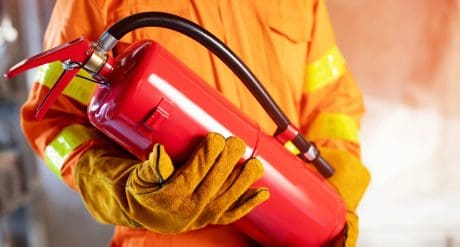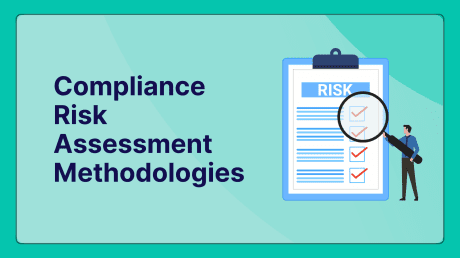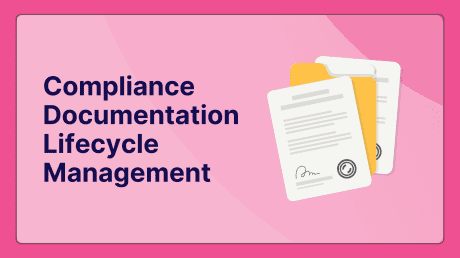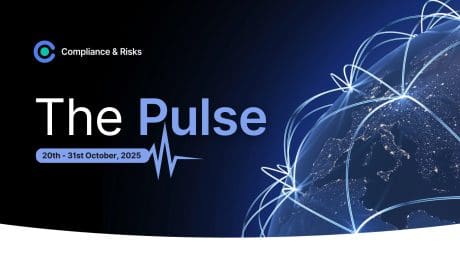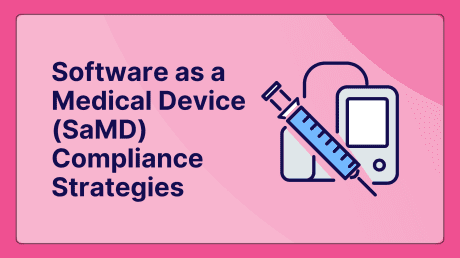
The Biweekly Pulse: 21st April – 2nd May 2025
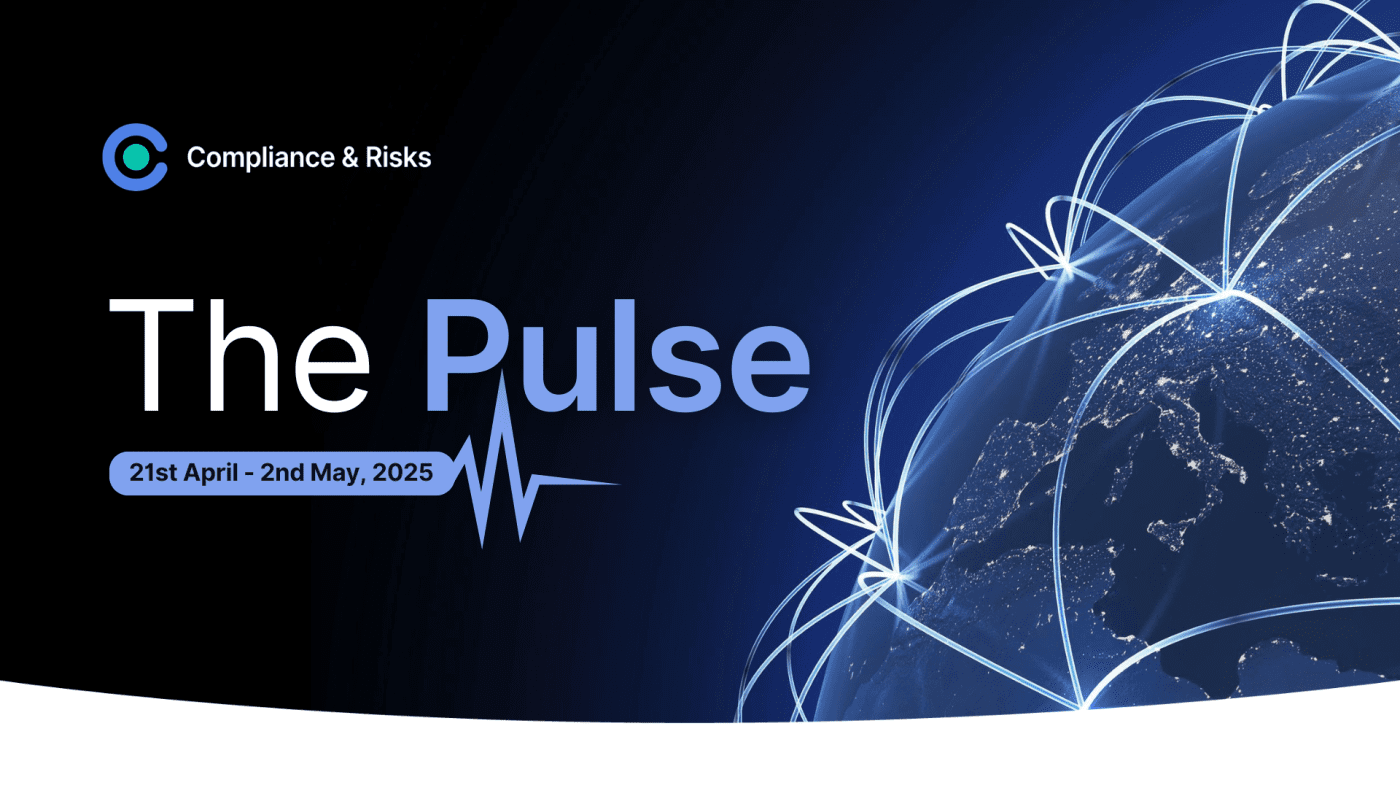
The Pulse was originally posted on 7th May, 2025. Further regulatory developments may have occurred after publication. To keep up-to-date with the latest compliance news, sign up to our newsletter.
Check out what’s hot in our regulatory world with The Pulse! The Pulse is your biweekly source for global regulatory insights.
This week’s trending sources in C2P
- Compliance & Risks: Chemical’s Quarterly – Q1 2025 Regulatory Update, Webinar Presentation, April 2025
- Compliance & Risks: PFAS Under Pressure: Key Trends and Challenges Worldwide, White Paper, April 2025
- Compliance & Risks: USB-C in the EU: A New Standard for Universal Charging, Blog, February 2025
What is our Content Team talking about?
Importing Electrical and Electronic Products to South Korea? RoHS Obligations Extend to All EEE from 1 January 2028
by Joyce Costello, Senior Regulatory Compliance Specialist
An amendment to K-RoHS is broadening the scope of products required to comply with hazardous substance content standards at the manufacturing stage.
Currently, a specified list of products must comply with restrictions, with some exclusions.
Effective 1 January 2028, the obligation net will be cast much more widely to cover electrical and electronic products with a voltage rating not exceeding 1 000 volts AC and 1 500 volts DC must show compliance with the 10 substance restrictions, similar to the ‘open scope’ currently implemented in the EU.
Products excluded from this scope include those with non-standard recycling conditions:
- Transportation equipment
- Military supplies
- Industrial machinery
- Medical devices
- Batteries (mercury, silver oxide, nickel cadmium, lithium (only primary batteries), manganese, alkaline manganese and nickel-metal hydride batteries
- Lighting products (fluorescent lamps (including lamps that are semi-finished products for manufacturing fluorescent lamps containing mercury) and light-emitting diode (LED) lighting)
- Electrical and electronic equipment (EEE) requiring separate handling from general EEE
- Solar panels
The method for demonstrating conformity remains unchanged – companies manufacturing or importing affected EEE must self-declare compliance with the hazardous substance restrictions by one of the following methods:
- Posting on the operation management information system, the Korean Environment Corporation;
- Posting on their own website. In this case, the head of the Korean Environment Corporation must be notified.
What are our Knowledge Partners talking about?
UK EU REACH Changes Happening this Autumn
by RINA
After years of delays, the European Commission has confirmed that it will adopt a proposal for changes to the EU Registration, Evaluation, Authorization and Restriction of Chemicals (REACH) Regulation in October or November 2025.
Testing for ‘endocrine disrupter’ and ‘persistent, mobile and toxic’ properties
The Commission said it plans to add safety assessments to test whether a substance is persistent, mobile and toxic (PMT), very persistent and very mobile (vPvM), or an endocrine disrupter. This will result in many registrants having to revisit their Chemical Safety Reports to add these end-point test results for their substances.
Assessing mixture combined exposure
For substances used in quantities of more than 1,000 tons a year, registrants will need to assess combined exposure for the first time. The EC plans to introduce a ‘Mixture Assessment Factor’ (MAF), an additional safety factor applied in the risk assessment of individual chemicals, in order to generically cover for combined exposure without performing a mixture-specific assessment. The concept of MAFs is not new, and has been discussed for years, but there has been strong opposition from CEFIC and industry more broadly. CEFIC argues that applying MAFs would increase administrative burden and could lead to an overestimation of risk in some cases.
Virtually all polymers to be notified
The presumption that polymers are ‘safe’, a key reason for their exclusion in the first version of REACH, has since been challenged by growing concerns over persistence-related risks and hazards linked to fluoropolymers, microplastics, plastic packaging, and broader waste issues. Many of the substances controlled under REACH are additives in plastics, such as plasticizers, flame retardants and UV stabilizers, or are residual monomers in plastics. With the introduction of mixture considerations, along with the new PMT and vPvM classifications and concerns about the environmental persistence of microplastics, the plastic itself needs assessing. The Commission promises a process for identifying “polymers requiring registration based on criteria indicating a hazard”, with data “to be generated in joint submissions for groups of polymers”. One of the results of this process is that a base level notification for virtually all polymers will be required.
Restriction and authorization
There had been speculation that authorization may be removed from the regulation, due to the complexity and cost of administrating the process to ECHA. However, the plan is to keep authorization and to use it alongside restriction retaining regulators flexibility of approach. Evaluation, Community Rolling Action Plan (CoRAP) processes and the Annex XV dossier are intended to support the “upfront analysis and discussion of regulatory options” in addition to authorization or restriction. It has been suggested that these processes may increasingly be used to support controls via occupational health and safety rules or the Industrial Emissions Directive. Where Derived No Effect Levels, (DNELs) exist indicating safe use thresholds, this approach will be welcomed as a simplification by industry. The European Environmental Bureau’s view is that “the current proposal lacks the necessary teeth to effectively control harmful chemicals.”
It will be interesting to see how many of these ambitions of the EC make it through the current EU Parliament’s plans to cut red tape, although there it is unlikely that there will be an omnibus headed specifically in REACH’s direction. The value to the EU economy from making these changes are likely to be considered higher than the costs of the added red tape.
What are our clients asking about?
“Is there any harmonized take-back and reporting system under the EU battery regulation?”
Answered by Andrew O’Neill, Regulatory Compliance Specialist
Yes, there is a harmonized EU takeback and reporting system, but with important conditions. Takeback systems themselves (collection and handover of waste batteries) must be set up in each Member State by producers or Producer Responsibility Organizations (PROs), and must cover the whole territory (Article 59(2)(b) for portable batteries, Article 60(2)(b) for LMT batteries, and Article 61(2) for SLI/industrial/EV batteries).
However, reporting formats will be harmonized at EU level:
Article 76 of Regulation (EU) 2023/1542 requires Member States to report aggregated battery and waste battery data (including take-back) to the Commission using a common format set by an implementing act (to be adopted by August 18, 2025). The Commission will also review Member State data collection and may issue improvement recommendations.
The Articles that govern this are the following:
- Article 59 — Collection of waste portable batteries
- Article 60 — Collection of waste LMT batteries
- Article 61 — Collection of waste SLI, industrial, and EV batteries
- Article 76 — Reporting to the Commission
Key Notes:
Member States remain responsible for national collection infrastructure and operation.
The Commission will only harmonize the format and method of reporting, not the national takeback operations themselves.
Stay Ahead Of Regulatory Changes with The Pulse
Want to stay ahead of the regulatory developments featured in this edition of The Pulse?
The information in The Pulse is taken from C2P. Accelerate your ability to achieve, maintain & expand market access for all products in global markets with C2P – your key to unlocking market access, trusted by more than 300 of the world’s leading brands.
C2P is an enterprise SaaS platform providing everything you need in one place to achieve your business objectives by proving compliance in over 195 countries.
C2P is purpose-built to be tailored to your specific needs with comprehensive capabilities that enable enterprise-wide management of regulations, standards, requirements and evidence.
Add-on packages help accelerate market access through use-case-specific solutions, global regulatory content, a global team of subject matter experts and professional services.
- Accelerate time-to-market for products
- Reduce non-compliance risks that impact your ability to meet business goals and cause reputational damage
- Enable business continuity by digitizing your compliance process and building corporate memory
- Improve efficiency and enable your team to focus on business critical initiatives rather than manual tasks
- Save time with access to Compliance & Risks’ extensive Knowledge Partner network
Keep Your Finger on the Pulse of Regulatory News!
Join 30,000+ compliance professionals for monthly updates on hot compliance issues, market insights on the latest trends, and free regulatory webinars and whitepapers

